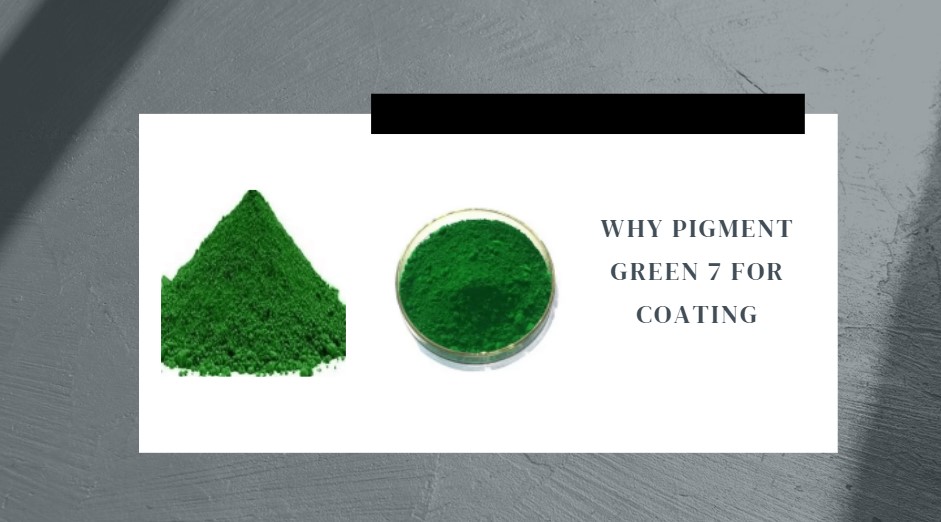How Pigment Ink Is Different From Dye?
Ink jet printers use either dye or pigment ink to print on paper, and the difference between the two can seem very confusing at first.
This simple guide will help you decide which type of ink is right for your needs. Pigment inks are ideal if you want your prints to be long-lasting, water-resistant, and fade resistant.

Is It Safe To Mix Pigment Inks?
The quick answer to that question is no. While pigment inks are amazing, safe, and environmentally friendly options for printing your business’s marketing materials, they do not mix well with dye-based inks.
Doing so could result in a print job disaster! To understand why mixing pigment and dye-based ink can be problematic, it’s important to first review how these two types of ink differ. Then, we’ll address some of the possible issues that could arise if you were to mix them. Let’s get started!
What Are The Best Additives For Pigment Inks?
The additives that work best with pigment inks are surfactants, anticorrosives, and antifoams. Surfactants help reduce surface tension so more of your ink can spread evenly across a surface. Anticorrosives protect both Pigment Green 7 and printheads against corrosion, which lengthens printhead life by reducing contamination.
Add an antifoam to pigment inks that require additional shaking at printing time. This helps prevent foam from building up in your bottles during transport or delivery—and then overflowing onto your project when you start printing.
How Does Pigment Ink Differ From Dye-Based Inks?
While both dye and pigment inks are liquids that print on paper, there are several major differences between them. First, dye-based inks are much more limited when it comes to colours; pigments can be used to create virtually any colour imaginable.
Because of their versatility, pigment inks can also be mixed to create new hues and more true-to-life shades of colour. Finally, because dyes tend to fade over time when exposed to UV light and oxygen, they’re not great for printing on packaging materials or documents that will sit on a shelf; pigment ink isn’t nearly as susceptible to these types of fading effects.
The best way to determine which type of ink you need is by considering your specific project’s needs. If you want vivid, long-lasting colours that can withstand environmental stressors like sunlight and moisture, pigment inks may be your best bet.
But if you want flexibility and affordability, dye-based inks might be right for you. No matter what type of ink you choose, though, keep one thing in mind: Regardless of whether your project calls for pigment or dye ink, getting high-quality prints depends on choosing an appropriate printer.
Since pigment printers use a different technology than standard desktop printers (for example), switching from one type of printer to another could impact how well your project turns out—and even cause damage to your printer!
What Printer Would You Recommend For Using Pigment Inks?
When considering a printer for pigment inks, you need to ask a few questions: how much do I print, how often, and what kind of material will I be printing on? Most companies don’t recommend pigment ink printers for high-volume printing. However, it’s important to note that these kinds of printers may be useful for businesses that print a lot of marketing materials like brochures or postcards.
The following are some common questions about leading pigment green 7 manufacturer ink printers you should consider before purchasing one: How much do I print? Do I have enough storage space? What kind of paper am I using?Do I need colour graphics or just black and white images?
What Other Questions Do You Have About Using Pigment Inks?
Feel free to leave a comment below. I’ll answer as many questions as I can over time. If you still have additional questions after reading my post, feel free to leave a comment or connect with me on LinkedIn.
I look forward to hearing from you! – Andrew Spittler, Industrial Color Specialist at EFI The Difference Between Dye and Pigment Inks: What It Means for Your Business: When it comes to inkjet printing, pigment inks are considered high-end options.
They produce vibrant colours that are resistant to fading and water damage—qualities that make them ideal for printing photographs and other works of art where colour accuracy is key. By contrast, dye inks offer a wider colour range but fade faster than pigment inks.
The reason for these differences lies in how each type of ink is made: pigment ink begins as a dry powder that’s blended with resin before being added to water; dye ink starts as liquid material (typically made from organic compounds) that’s dissolved into the water during production.
